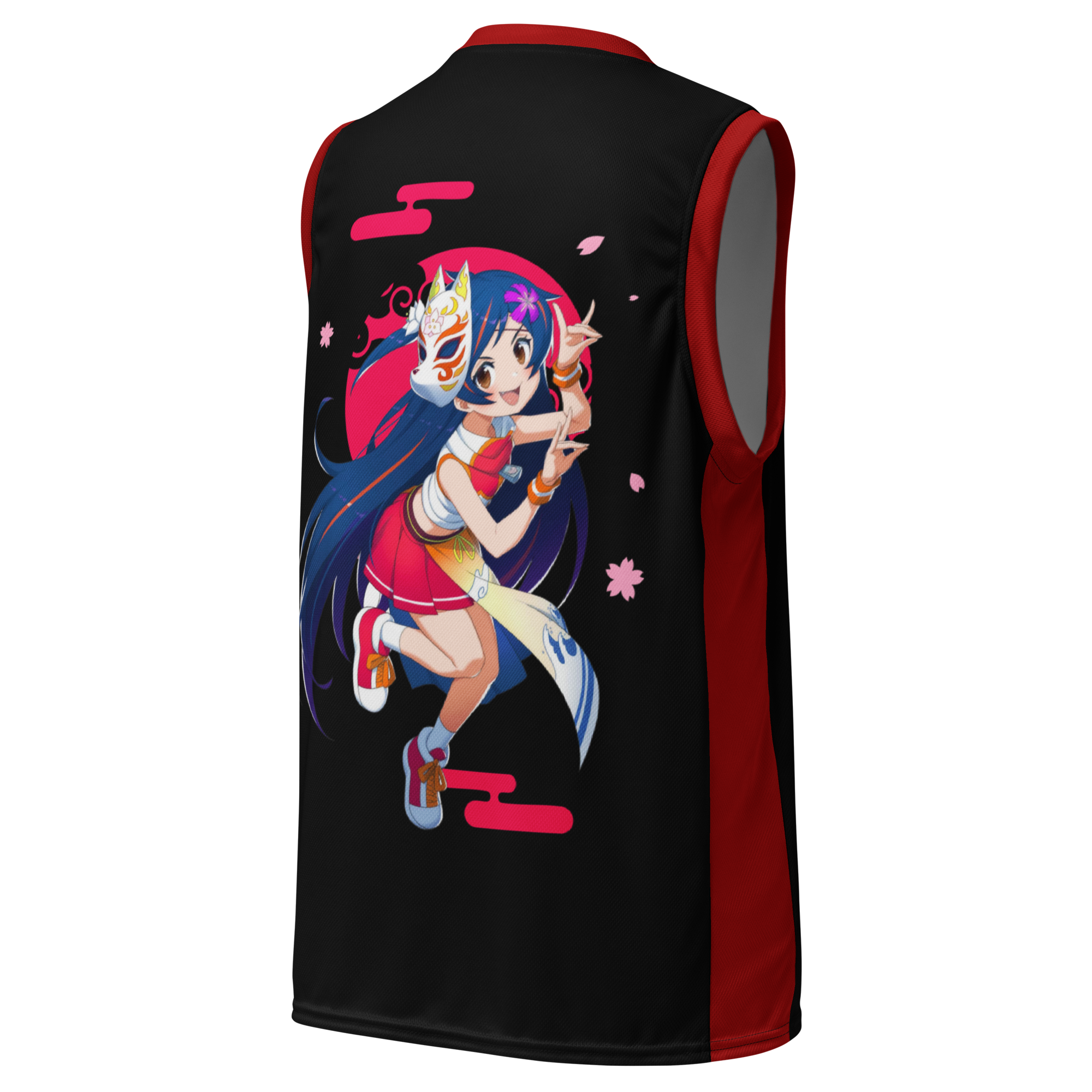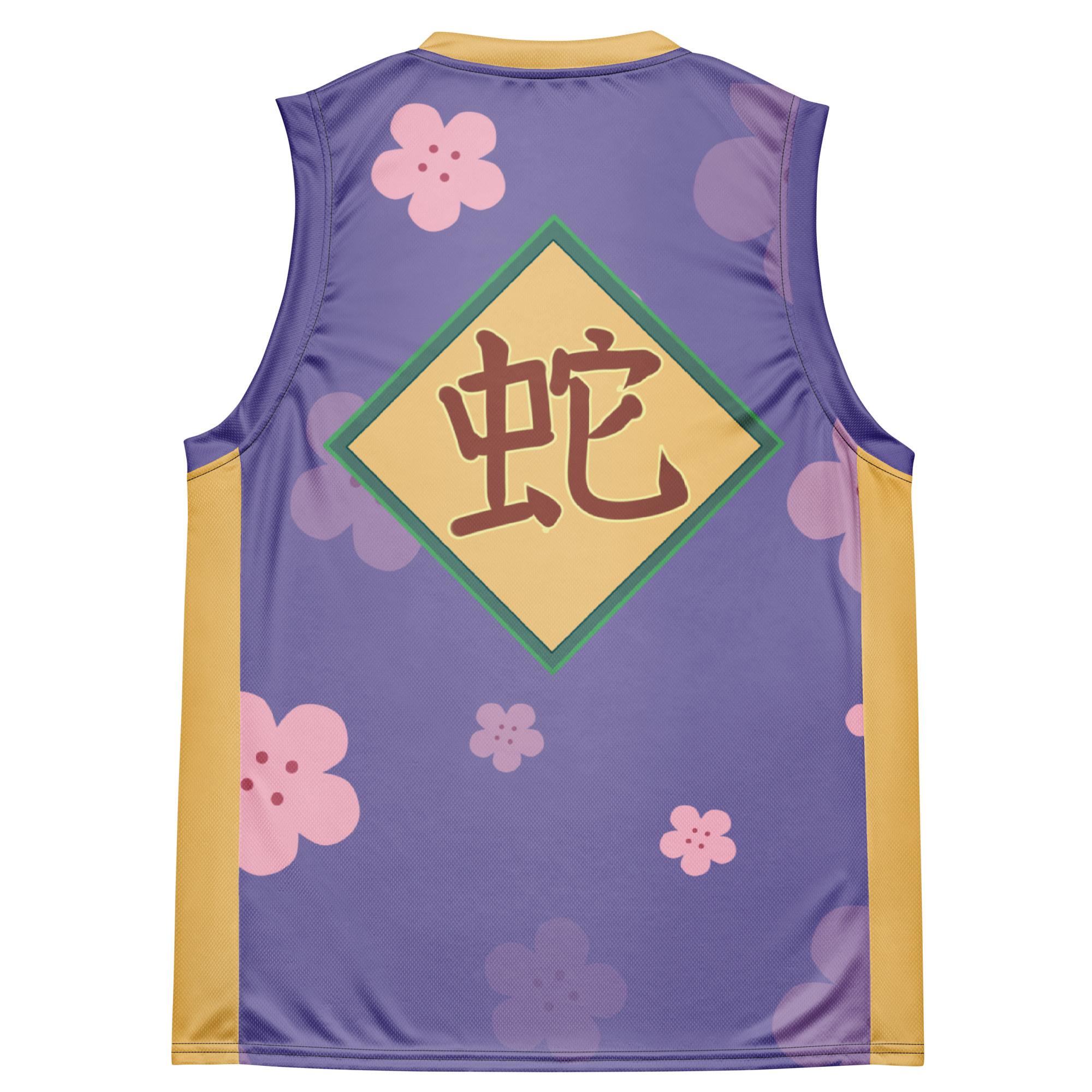Level Up: 5 Revolutionary Gaming Consoles Born in Japan

Once upon a time, gaming was a niche hobby for the few devoted enough to frequent smoky arcades or grapple with clunky home setups. Fast forward a few decades, and gaming has evolved into a global entertainment juggernaut. Japan, the technological dynamo, played an unmistakable role in this evolution. It wasn't just the games that transformed the industry but the revolutionary consoles birthed on Japanese soil that redefined what gaming could be.
Japan's dominance in the gaming industry didn’t happen overnight. Early efforts date back to 1975 with Epoch's release of the TV Tennis Electrotennis, which marked Japan’s first foray into home consoles (Wikipedia). Though basic by today’s standards, these early consoles laid the groundwork for future innovation. By the 1980s, Japanese companies like Nintendo and SEGA were poised to dominate, rescuing the industry from the infamous Atari crash of 1983 and ushering in a golden age of gaming.
Nintendo was at the helm of this revolution, debuting the Color TV-Game in the late 70s, but it was the release of the Nintendo Entertainment System (NES) in the mid-80s that truly cemented Japan’s place in gaming history. The NES didn’t just save a floundering industry; it set the stage for what gaming could become (AnimeEsports).
Japanese consoles didn’t merely introduce new games; they redefined the very nature of the medium. Take the Game Boy, for example. This portable wonder revolutionized how we game on the go, showcasing the untapped potential of handheld consoles. Games like Pokémon didn't just provide entertainment; they created cultural phenomena (AnimeEsports).
Then there’s the Sony PlayStation, which shook things up by shifting from cartridges to CD-ROM technology. This jump allowed for deeper, more complex games and brought advanced 3D graphics to living rooms worldwide (AnimeEsports).
Consoles like the Nintendo 64 pushed boundaries further with their innovative analog stick, which offered precise control for 3D gaming, and four controller ports designed for a more social gaming experience (AnimeEsports).
And just when you thought the hits might slow down, the Nintendo Switch came onto the scene, merging home and portable gaming into a single, sleek device. With detachable Joy-Con controllers, it revolutionized multiplayer gaming and went on to become Japan's best-selling console ever (Statista).
With each new console, Japan didn't just keep up with trends—they set them. The country continues to be a powerhouse in the gaming industry, both innovating and influencing modern gaming trends. As we look at these trailblazing devices, it’s clear that Japanese gaming consoles aren’t just buttons and circuits; they’re cultural icons that shaped an era.
1. Nintendo Entertainment System (NES)
The Nintendo Entertainment System (NES) emerged from the ashes of the infamous 1983 video game crash, like a noble phoenix. With video game credibility plummeting faster than a pixelated boulder, Nintendo's console was the beacon of hope gamers didn't know they needed. Released in the American market in 1985, the NES took the gaming world by storm, resuscitating an industry that had been on life support.
The collapse of the gaming market in 1983 was a hot mess—think overpriced, low-quality games turning consumers into fierce critics, leading to a massive loss of faith in video game retail. Enter the NES, with a transformative business model that was a masterstroke in marketing genius. Nintendo reassured retailers and consumers by enforcing strict quality control with their licensing strategy and seal of approval on every game (HackerNoon). If it wasn't up to snuff, it simply wouldn't play. This tight control revived consumer trust and set the stage for a new era in home entertainment.
You can't mention the NES without heralding its iconic franchises. Names like Mario and Zelda are etched in the annals of gaming history, practically synonymous with the term "video game." Super Mario Bros., with its intuitive controls and universal appeal, wasn't just a game; it was an art form. Shigeru Miyamoto, dubbed "the world's most athletic actor," made Mario the Mickey Mouse of video games (Bomberbot). Joining the ranks was The Legend of Zelda, weaving intricate gameplay and storytelling into a tapestry that set the standard for adventure games.
The NES also revolutionized how we interact with games, shifting from the clunky joysticks of yesteryears to its sleek rectangle controller. Its design—with a directional pad (D-pad) and two action buttons—was as straightforward as a warp pipe but elegant in functionality. The layout became the gold standard for controllers and influenced the design of gaming peripherals for decades to come (Wikipedia).
The console's impact didn't stop with a resurrected industry; it rippled through the cultural fabric, embedding phrases like "It's-a me, Mario!" into everyday lexicon.
With the NES steering the gaming industry back on track, it set the stage for portable gaming. Next, we explore how Nintendo took gaming on the go and created an entirely new realm of handheld wizardry.
2. Game Boy
Ah, the Game Boy. Just saying the name brings back memories of countless hours lost in pixelated adventures and Tetris marathons. When Nintendo launched this little dynamo in 1989, it was like they had packed the entire gaming universe into your pocket, and the world was never the same.
Before the Game Boy, portable gaming was more of a novelty, dominated by simplistic and often single-game devices. Nintendo changed the game by introducing quality graphics, a library of interchangeable game cartridges, and killer battery life—all within a durable, lightweight device (The Henry Ford). Suddenly, you could take your gaming obsession on the road, on the plane, or even hide it under your desk at school (not that I’m advocating for that...wink).
Now, let's talk games—because what's a console without legendary titles? Sure, Tetris was the ultimate icebreaker, but it was Pokémon that shot the Game Boy into the stratosphere. Released in the mid-'90s, Pokémon wasn't just a game—it was a full-blown revolution. Capturing creatures, trading with friends, and battling your way to the top became the universal playground currency. This phenomenon made kids feel like they were part of an epic journey, fostering an enduring love for the series (Medium).
The Game Boy didn't just create trends; it set the stage for the entire handheld market. It proved that portable gaming could be as engaging and lucrative as its home console counterparts.
Nintendo wasn’t the first to dabble in handheld gaming, but they certainly perfected it. The Game Boy's standout feature was its practicality. Unlike its color-screened competitors that drained batteries faster than you could say "Game Over," the Game Boy boasted an impressive 10-14 hours of gameplay on four AA batteries. This longevity made it the go-to gadget for gamers on the go (Smithsonian Magazine).
The console also embraced the idea of "lateral thinking with withered technology"—a fancy way of saying, "Let's use old tech in new ways." This philosophy led to a solid, resilient system that outlasted its flashier competitors and became a household staple (CNET).
The Game Boy was not just a gaming device; it was a cultural icon. By merging portability with a versatile game library and unmatched durability, Nintendo set a gold standard for handheld gaming that continues to inspire today.
3. Sony PlayStation
As we exit the 8-bit era dominated by NES and Game Boy, we enter the murky waters of the '90s. This is where Sony decided to rewrite the rulebook with the PlayStation. Picture the early '90s: Sega and Nintendo ruled the roost, and the notion that a consumer electronics behemoth with zero gaming experience might dethrone them seemed laughable. But Sony had a secret weapon—the CD-ROM.
The PlayStation's shift from cartridges to CD-ROM was a masterstroke. CDs were cheaper and could hold far more data than the chunky cartridges. According to (IGN), this was groundbreaking; it meant developers could create larger, more immersive games. Shawn Layden, a former Sony bigwig, quipped, "Getting flash ROMs manufactured was light years away from what we were able to do with optical discs." CDs allowed developers to dream big without biting their nails over production costs.
Next, let's talk graphics. At a time when 2D side-scrollers were the norm, the PlayStation pushed boundaries with its 3D capabilities. Before the PlayStation, 3D graphics were relegated to arcades and high-end PCs. Now, gamers could experience fully-fledged 3D worlds from the comfort of their living rooms. (Polygon) notes that Sony managed to democratize 3D gaming, bringing it to the masses while keeping costs down. Games like "Crash Bandicoot" and "Final Fantasy VII" don’t just stay in your memory—they’ve got their own zip code there.
The PlayStation didn’t just transform the medium through technology; it also matured the content. Unlike its predecessors, which had a somewhat narrow demographic appeal, the PlayStation drew in an older crowd. (Linkedin) mentions that Sony cleverly targeted teens and adults, thus expanding the gaming market beyond children. Titles like "Resident Evil" and "Metal Gear Solid" weren’t just games; they were cinematic experiences that demanded your full attention—and a higher age rating.
Suddenly, gaming wasn’t just a pastime; it was an all-encompassing, immersive hobby that could appeal to someone sulking in their teenage angst just as much as a nostalgic adult.
With a shift in media, stunning 3D graphics, and a more mature slate of titles, the PlayStation didn’t just level up—it changed the game entirely. And as the Japanese gaming industry looked to the future, it laid the groundwork for even more groundbreaking innovations.
4. Nintendo 64
Picture this: It’s 1996, and you’ve just plugged in your brand-new Nintendo 64. Little did you know, you were holding a revolutionary piece of gaming history in your hands. The Nintendo 64 controller introduced an analog stick, a game-changer for 3D gaming control. The analog stick offered a full range of motion, allowing players to move characters and objects with greater precision—a far cry from the grid-like commands of the old D-pads (N64.com.au).
This was more than just a mere joystick; it was an invitation to explore new dimensions, literally. Because of this innovative design, navigating 3D environments felt intuitive and fluid, making it easier for gamers to truly immerse themselves in virtual worlds. It was a weird-looking controller, sure, but it debuted a way to interact with games that would set the standard for years to come (The Verge).
And then there was Super Mario 64. Talk about pushing boundaries! This game took Mario out of the flat, side-scrolling levels we knew and loved and plopped him into an expansive 3D world. The N64's advanced 3D graphics and innovative controls made Super Mario 64 a landmark title that showcased just how powerful this new 3D controller could be (RetroSales).
Super Mario 64 was just the beginning. The Legend of Zelda: Ocarina of Time followed, wowing gamers with its immersive world and intricate gameplay. These games turned the N64 into more than just a console; they made it a gateway into vast, mesmerizing universes (N64.com.au).
If the N64 was good for one thing, it was getting friends together. Nintendo designed the console with four controller ports, which meant multiplayer madness was practically part of its DNA. Picture the joy (or chaos) of Mario Kart 64, GoldenEye 007, and Super Smash Bros. multiplayer sessions. Nothing could top the laughs and friendly rivalries born out of those marathon gaming sessions (Nintendo.com).
The N64 wasn’t just about keeping one person entertained; it was designed as a party machine. It turned gaming from a solitary pastime into a social event. This focus on multiplayer experiences helped cement the N64’s enduring legacy as one of the most beloved consoles ever (Power Up Gaming).
With the analog stick setting a new standard for game control, groundbreaking 3D titles, and unforgettable multiplayer experiences, the N64 was truly ahead of its time. Just remember, the next time you pick up a modern game controller, you owe a nod to the Nintendo 64 for paving the way.
5. Nintendo Switch
When Nintendo dropped the bombshell that was the Switch in 2017, it was more than just a new console—it was a game-changer. This hybrid marvel, part home console, part portable dynamo, redefined what it meant to be a gamer in the 21st century.
Think of the Switch as the love child of the Wii U and the 3DS, taking the best traits of both parents. Nintendo's vision was simple: let players have their cake and eat it too. Whether you're lazing at home or adventuring outdoors, the Switch has your back. You can comfortably binge-play "The Legend of Zelda: Breath of the Wild" on your 55-inch TV, then seamlessly slide it out of its dock and continue your quest on the go. Who needs pesky transitions?
This dual nature is not just convenience; it's versatility at its finest. Finally, you can game during that soul-crushing morning commute without lugging around two separate devices. The Switch quickly became a staple for on-the-go play, car rides, and even sneaky gaming sessions at those long family dinners no one wants to be at.
Oh, the Joy-Con controllers—Nintendo's true stroke of genius. These little detachable wonders flip multiplayer gaming on its head. Offering flexibility in how you play, the Joy-Cons can be used individually, paired together, or even split between two players. For once, you weren't frantically searching for another controller; the console's ready for your party gaming right out of the box.
Picture this: you're stuck at the airport, your flight's delayed (again), but your buddy's there too. Flip the kickstand, detach those Joy-Cons, and next thing you know, you’re kicking each other's butts in "Mario Kart 8 Deluxe." Even the sheer portability has turned casual get-togethers into intense gaming battles (Polygon).
The numbers don't lie. By early 2024, the Switch dethroned the Nintendo DS to become Japan's best-selling console ever (Install Base Forum). The console amassed over 141.3 million sales and was projected to hit 154.8 million by 2025 (Game Developer). This success wasn’t by mere luck. The Switch was meticulously designed to bridge the gap between casual and core gamers, giving everyone a reason to join the fun.
It’s clear that this chameleon of a console taps into Japan's culture of convenience and play (GameFAQs). Balancing power, portability, and an ever-expanding library of top-notch games, it's no shocker the Switch captured hearts worldwide.
So, what lies ahead in this pixelated journey of innovation? As we ponder, it’s safe to say Nintendo's going nowhere but up.
Conclusion
When we look back at the landscape of gaming, it's clear Japan's contributions are nothing short of legendary. Each console we've discussed wasn't just a piece of hardware; it was a seismic shift that redefined how we play, view, and experience video games. From the pixelated joys of the NES to the on-the-go adventures via the Game Boy, each console brought a unique flavor to the gaming stew.
Japan's impact on modern gaming trends is impossible to overlook. Even now, Japanese developers are leading the way in technological innovation, storytelling, and game mechanics. Games like “Final Fantasy” and “The Legend of Zelda” continue to inspire awe and wonder, transcending generational gaps. Japan's gaming culture, translated into beloved characters and imaginative worlds, shapes how we think about video games globally. As (CarterJMRN) notes, Japan’s video gaming giants are synonymous with the industry's very essence.
Looking forward, the future of Japanese console innovation is as promising as ever. Trends such as augmented reality (AR), virtual reality (VR), and mobile gaming are being spearheaded by Japanese companies. The market for mobile games in Japan is projected to reach an astounding $16.77 billion by 2024, turning smartphones into mini-consoles that fit in our pockets (CarterJMRN). And let's not forget the arena of esports; Japanese companies are increasingly investing in dedicated gaming parks and esports arenas, fortifying their position as leaders in this burgeoning sector.
However, it's not just about the cutting-edge technology. There's a deep-rooted philosophy in Japanese game development—one that marries traditional art and contemporary innovation. This blend creates an unparalleled gaming experience, promoting Japan’s culture globally while setting new standards for what's possible in virtual realms (MedusaJapan).
In reflecting on these timeless consoles, we see a tapestry woven from both ongoing influence and historical successes. Each iteration has pushed the industry’s boundaries, ensuring that gaming evolves from just a pastime to a cultural touchstone. As we power on our latest consoles and dive into fantastical worlds, we owe a nod of appreciation to Japan—a pioneer whose creative spirit will no doubt keep the pixels flickering for decades to come.










































Leave a comment